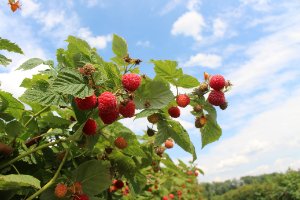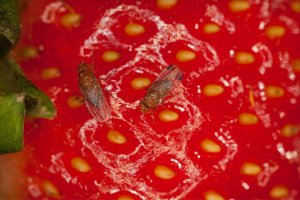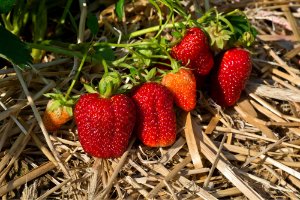Rhubarb Update
A staple vegetable in New England gardens and farms from Colonial times, the demand for the crop is as strong as ever.
Trellising & Pruning Brambles - the Basics
Trellising, training and pruning brambles are important for long term quality berries and crop productivity. Correct trellising and pruning timing and technique allow for manipulation of cane numbers and growth. This will yield improved fruit quality and size, lower disease susceptibility, ease of harvest and better spraying efficiency.
Blackberry Production
Blackberries – both floricane and primocane varieties – are increasing in popularity. The timing of both crops coincides nicely with other small fruit crops whether for U-Pick, roadside stands, or wholesale production.
Strawberry Production Systems Comparison
One of the most common questions we get - whether it is from first time, brand new strawberry growers or existing growers looking to expand their acreage - is on production systems. Should they go with the traditional, “tried and true” matted row system or consider plasticulture?
Strawberry Fungicide Suggestions
Here are a variety of suggestions based on our experience as well as information gathered from winter conferences and industry contacts.
Strawberry Frost Protection Tips
Due to the fact that strawberry plants grow close to the soil, and given they blossom earlier than many other crops, they are at risk for spring frost and freeze damage.
Floricane/Summer Bearing Red Raspberry Production
Brambles are a high value crop much in demand. Here we focus on on summer bearing red raspberries: an excellent complement to strawberries.
Key Small Fruit Pests
Strawberries and brambles can be attacked by a range of pests including insects, pathogens and weeds. An important factor in controlling pests is the ability to maintain healthy plants and where starting out with a good site is critical.
Day Neutral Strawberry Production - the Ins and Outs
Day-neutral strawberry varieties offer growers in many areas the ability to provide strawberries throughout a period of four to five months, or longer under protection.


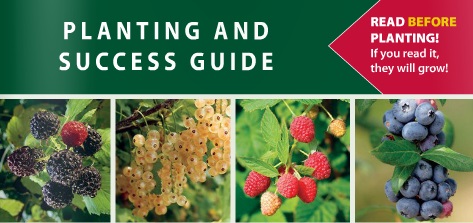
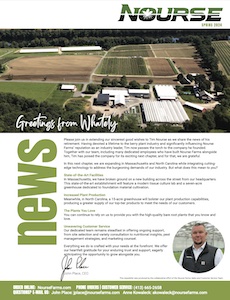
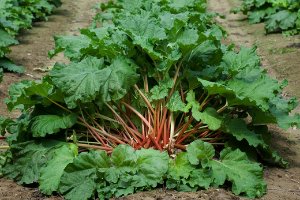
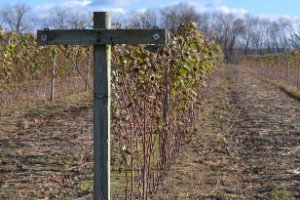
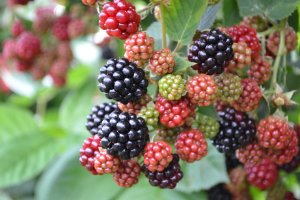
_2120_300x200.jpg)
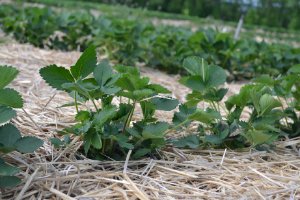
_2119_300x200.jpg)
